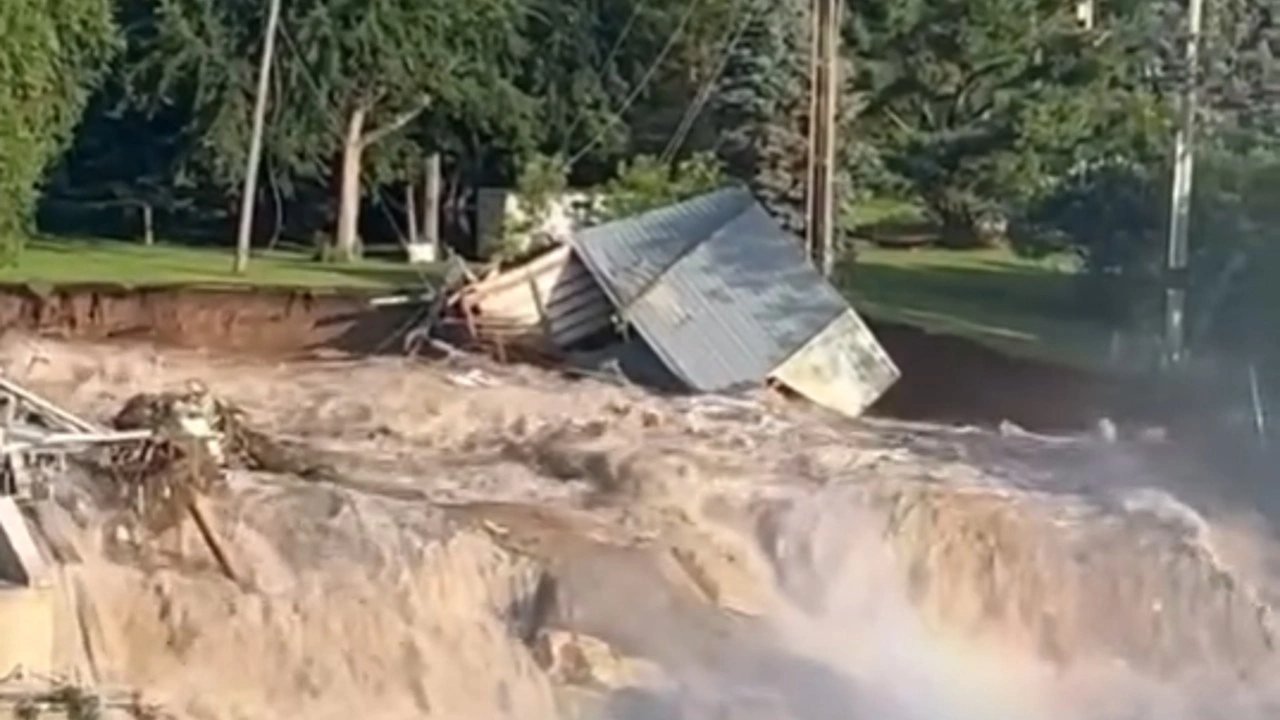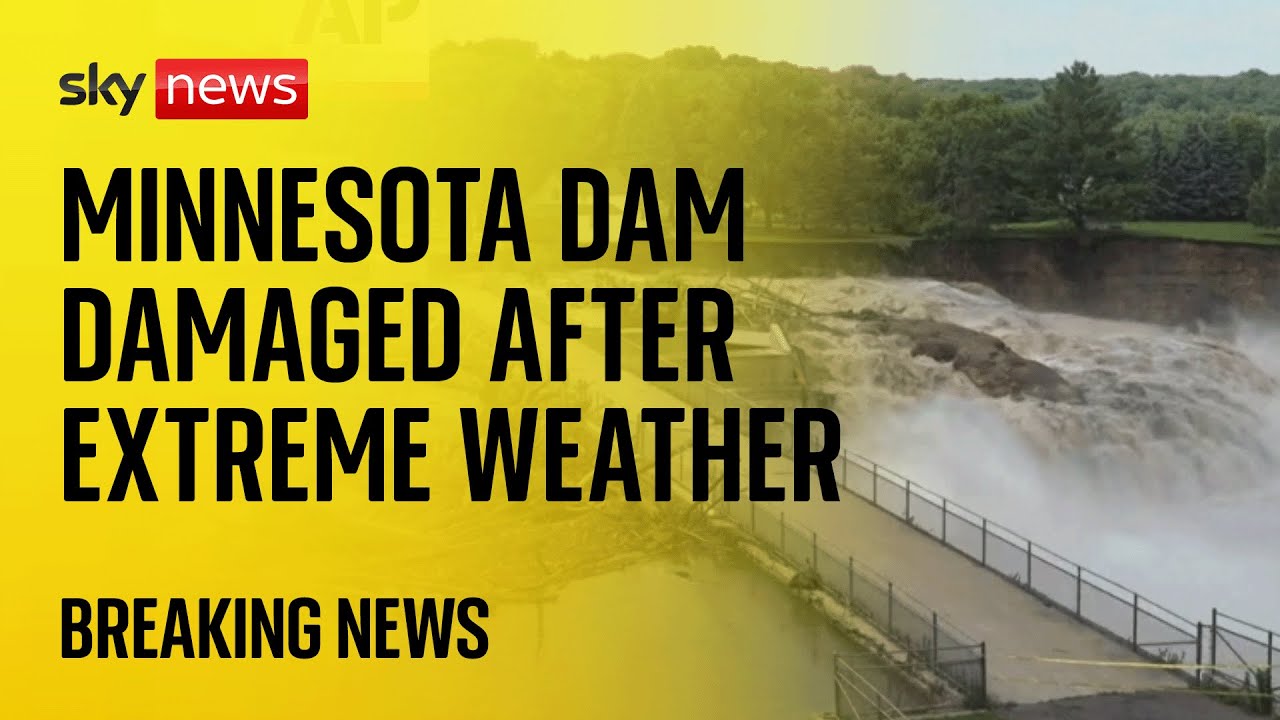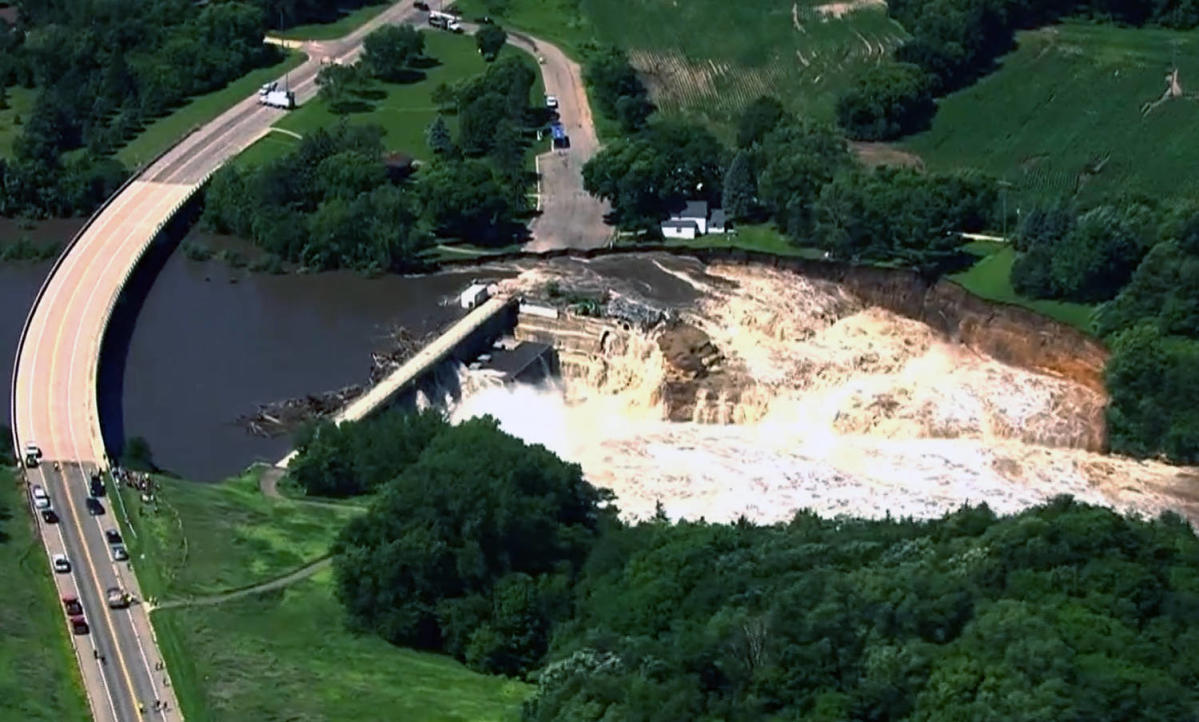Overview of the Rapidan Dam Failure
Rapidan dam failure – Constructed in 1904, the Rapidan Dam was a crucial water supply infrastructure for the residents of Richmond, Virginia. It was a concrete arch dam designed to store water from the Rapidan River and provide a steady supply to the city.
In the early morning hours of August 2, 1928, disaster struck. Heavy rainfall from a passing storm had saturated the surrounding soil, weakening the dam’s foundation. At around 5:00 AM, a section of the dam gave way, sending a torrent of water crashing down the valley below.
Immediate Impact and Consequences
The dam’s collapse unleashed a catastrophic flood that swept through the Rapidan River Valley. The town of Rochelle, located just downstream, was completely destroyed, along with several other settlements and farms. The floodwaters also inundated the city of Richmond, causing widespread damage and displacing thousands of residents.
The Rapidan Dam failure was a tragic event that claimed the lives of over 400 people. It remains one of the deadliest dam failures in American history and highlighted the importance of proper dam maintenance and safety regulations.
Causes and Contributing Factors: Rapidan Dam Failure

The collapse of the Rapidan Dam was a complex event with multiple contributing factors. The primary cause was a design flaw in the dam’s spillway, which was too small to handle the volume of water released during a heavy rainstorm. This design flaw was compounded by construction errors, such as the use of substandard materials and poor workmanship. Environmental conditions, including the heavy rainfall and the presence of a large amount of debris in the river, also played a role in the dam’s failure.
Design Flaws
- The spillway was too small to handle the volume of water released during a heavy rainstorm.
- The dam’s foundation was not strong enough to support the weight of the water.
- The dam’s walls were too thin.
Construction Errors
- The dam was built using substandard materials.
- The dam was not built according to the plans.
- The dam was not properly maintained.
Environmental Conditions
- The heavy rainfall exceeded the capacity of the spillway.
- The presence of a large amount of debris in the river blocked the spillway.
The lessons learned from the Rapidan Dam failure led to the development of new design standards for dams. These standards include requirements for larger spillways, stronger foundations, and thicker walls. The failure also led to the development of new construction methods and inspection procedures. These measures have helped to prevent similar incidents from occurring.
Aftermath and Recovery

The Rapidan Dam failure had a devastating impact on the surrounding area, both in the short and long term. In the immediate aftermath of the disaster, flooding caused widespread damage to infrastructure, homes, and businesses. The dam’s collapse also released a massive amount of sediment into the Rapidan River, which polluted the water supply and disrupted the local ecosystem.
Recovery Efforts
In the years following the disaster, extensive recovery efforts were undertaken. These efforts included repairing damaged infrastructure, restoring the environment, and providing assistance to affected communities. The U.S. Army Corps of Engineers played a major role in these efforts, working to stabilize the riverbank and restore the dam. The Virginia Department of Environmental Quality also worked to clean up the polluted water supply and restore the river’s ecosystem.
Social and Economic Impacts, Rapidan dam failure
The Rapidan Dam failure had a significant social and economic impact on the surrounding area. The disaster caused the loss of life, destroyed homes and businesses, and disrupted the local economy. In the years since the disaster, the community has worked to rebuild and recover. New businesses have been established, and the local economy has begun to rebound. However, the scars of the disaster remain, and the community continues to mourn the loss of life and property.
